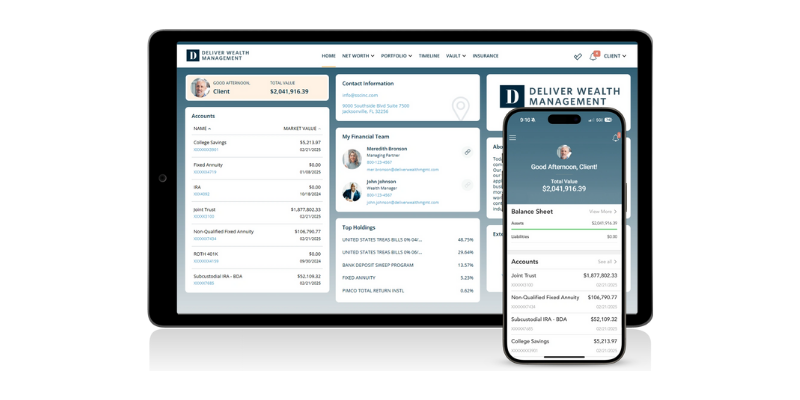The early years of retirement present their own challenges. The important point here is that you have not started taking your required minimum distributions (RMDs) and you may not be taking your Social Security yet. Therefore, your income is low, and you should be strategically approaching these years to maximize after-tax income.
CREATE A DISTRIBUTION OPTIMIZATION STRATEGY
Saving and investing for retirement was relatively simple when you were working. By simply living within your means, and investing your money prudently over many years, you built your next egg. And taxes were not nearly as complicated as they are about to become.
In retirement, you will probably have income from several sources, and that interplay can make withdrawals and your tax situation much more complicated. For example, withdrawing just a few dollars extra in any given year can trigger additional taxes on your Social Security and premium surcharges for Medicare, adding up to $20,000 per year. This is the time to create a distribution optimization strategy with your financial advisor that analyzes your situation on a yearly basis and recommends a withdrawal strategy to maximize your income and minimize your taxes.
SOCIAL SECURITY
Although it may be tempting to collect early benefits at age 62, there are lots of good reasons for most people to delay. Earnings after age 62 can still increase Social Security retirement benefits if they replace no- or low-earnings years. And while you are working, you are likely not drawing down your assets. Finally, your benefits will increase by 8% for each year you delay Social Security up to age 70. In other cases, it makes sense to delay the collection of Social Security until past full retirement age.
HEALTH INSURANCE OPTIONS
With respect to health insurance, the optimal situation is continuing coverage offered by employer with whom you or a spouse were last employed. While rare, some private employers and government entities do offer health insurance options to early retirees. For those unable to access their former employers plan, in 2010 the Affordable Care Act (ACA) created the health insurance marketplace that is available to all regardless of pre-existing conditions. Yet the reality is that all of these options can be expensive, costing thousands of dollars annually until Medicare is available at age 65.
ROTH CONVERSIONS
Because your income is probably low, this is the time to consider partial Roth conversions. The idea here is to take advantage of the lower tax brackets, while “filling the tax bucket,” as discussed in the previous section. Partial Roth conversions during the pre-retirement years can set you up nicely with tax diversification that you will benefit from once you turn age 70 ½, as you will not be required to take RMDs from these accounts.
DRAWING DOWN YOUR RETIREMENT ACCOUNTS
This is also the time to make crucial decisions regarding which accounts to draw down, particularly if you are delaying Social Security and require additional income. The traditional rule of thumb was to always protect the retirement accounts and draw down non-retirement accounts. However, after ten years of a bull market and people with retirement accounts work $1 million or more, the idea of drawing down non-retirement accounts will leave little flexibility at age 70 ½ when it is time to take RMDs (required minimum distributions). Also, by drawing down the non-retirement accounts, the majority of future withdrawals will be from retirement accounts, triggering additional taxes, and surcharges that are outside of your control. Working with your financial advisor and tax professional to create a distribution optimization strategy is critical during your 60s to prevent the higher tax bills that are otherwise sure to appear at age 70 ½.
To learn more about preparing for retirement or answer any questions you may have please contact Davis Capital Management’s office. We are happy to discuss what opportunities may be available to you.





